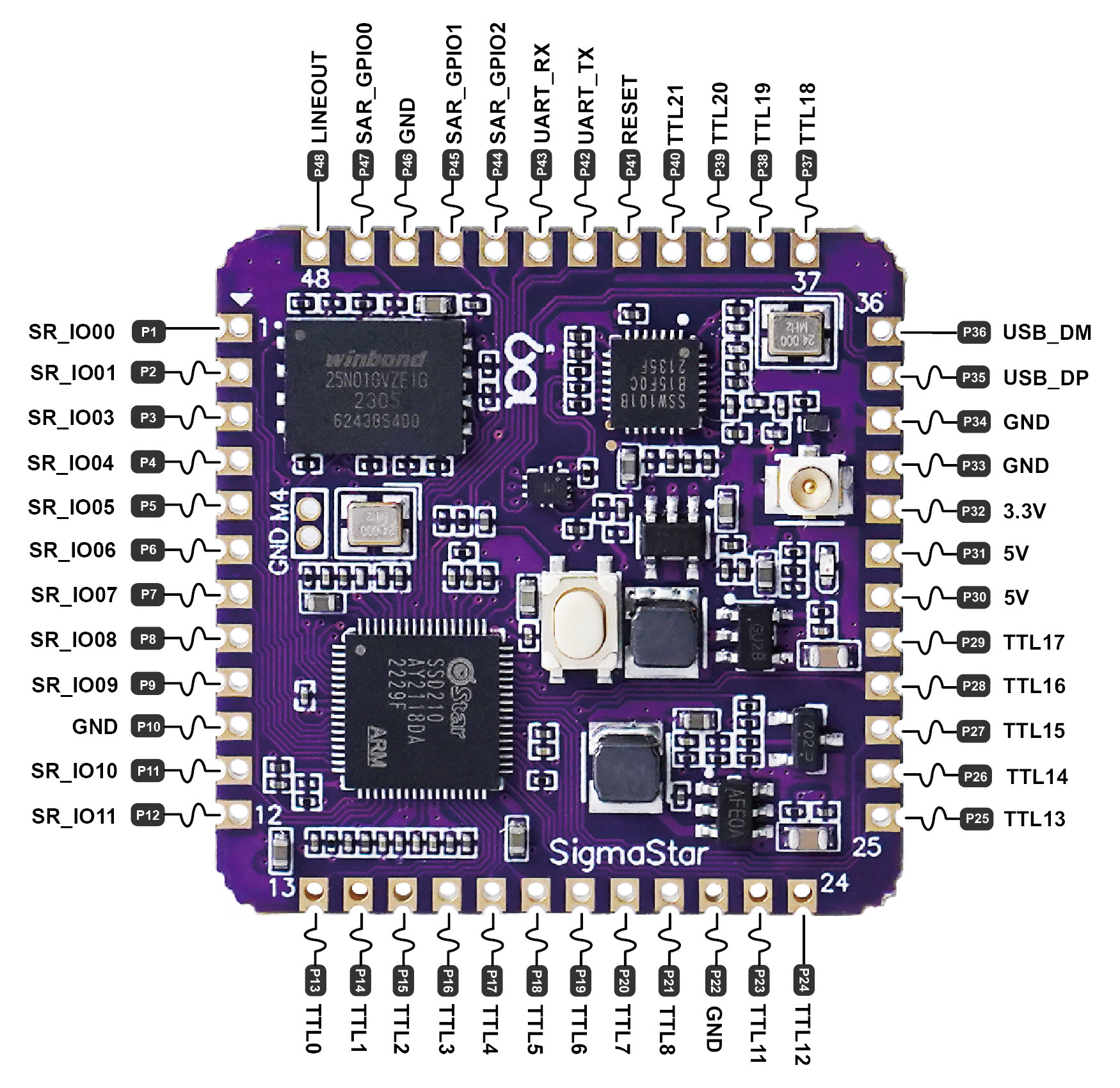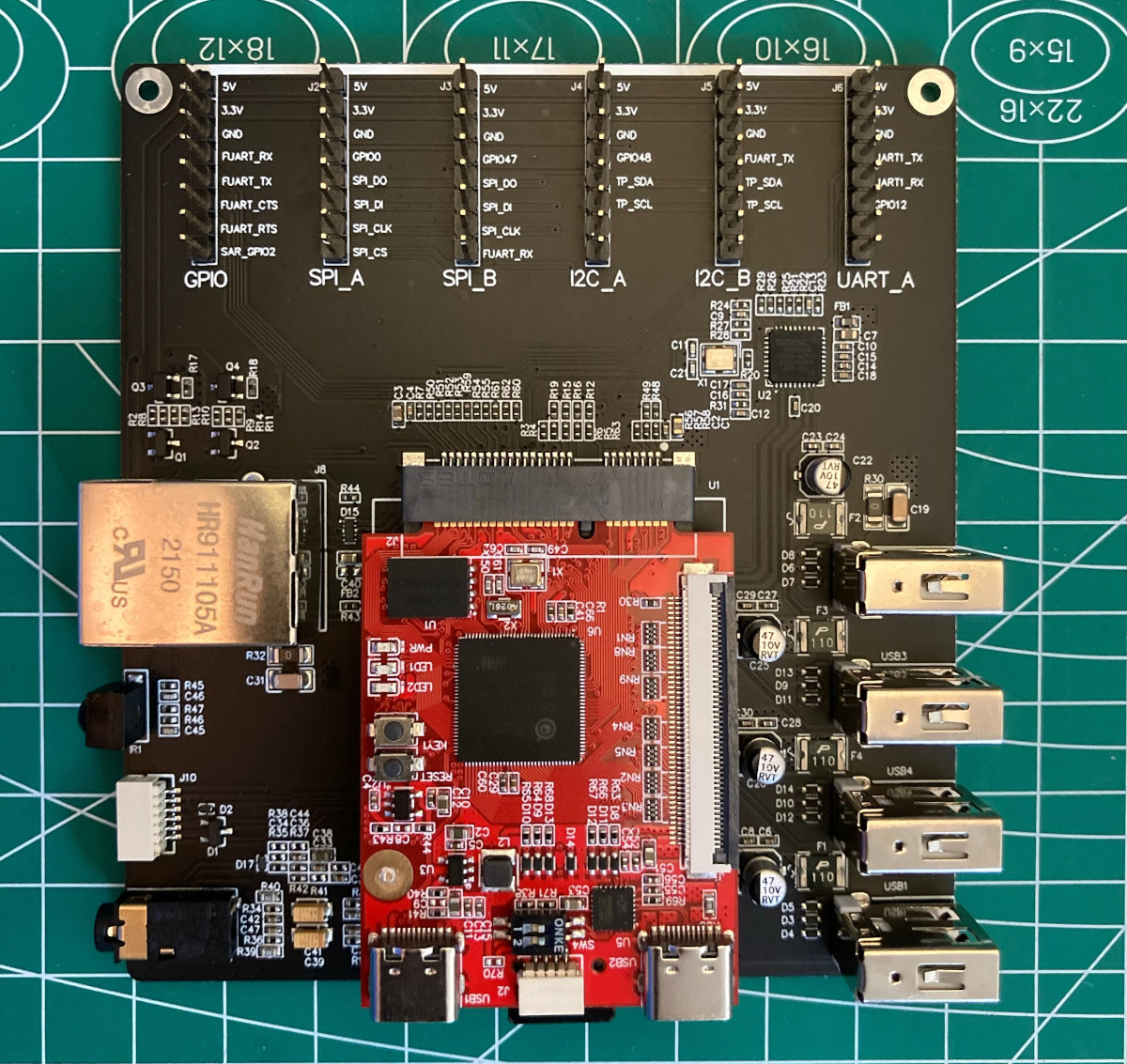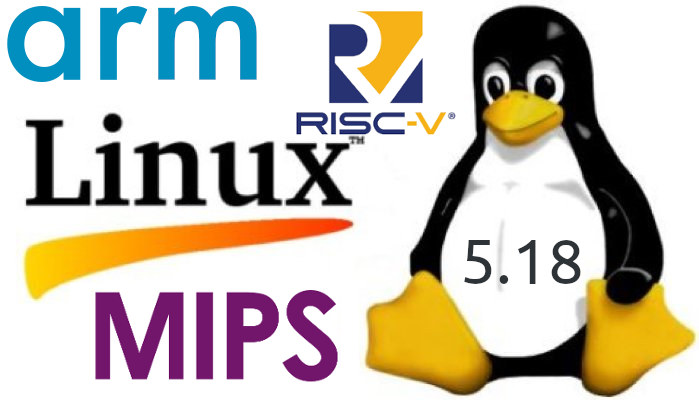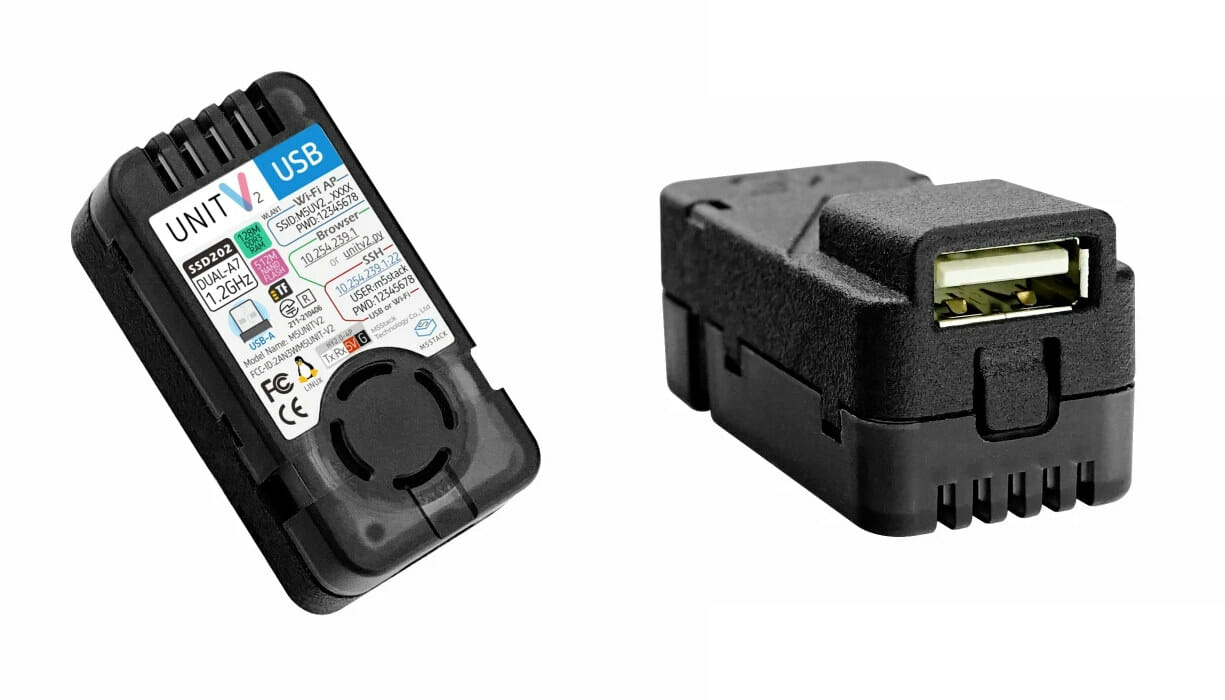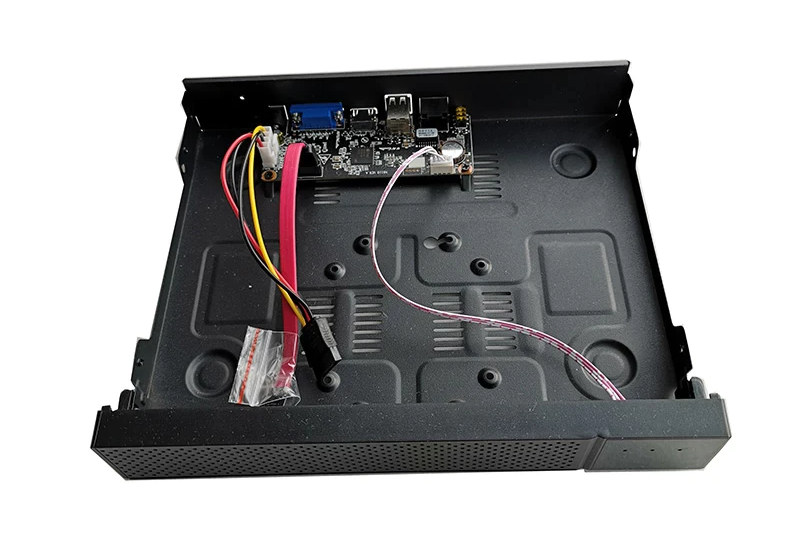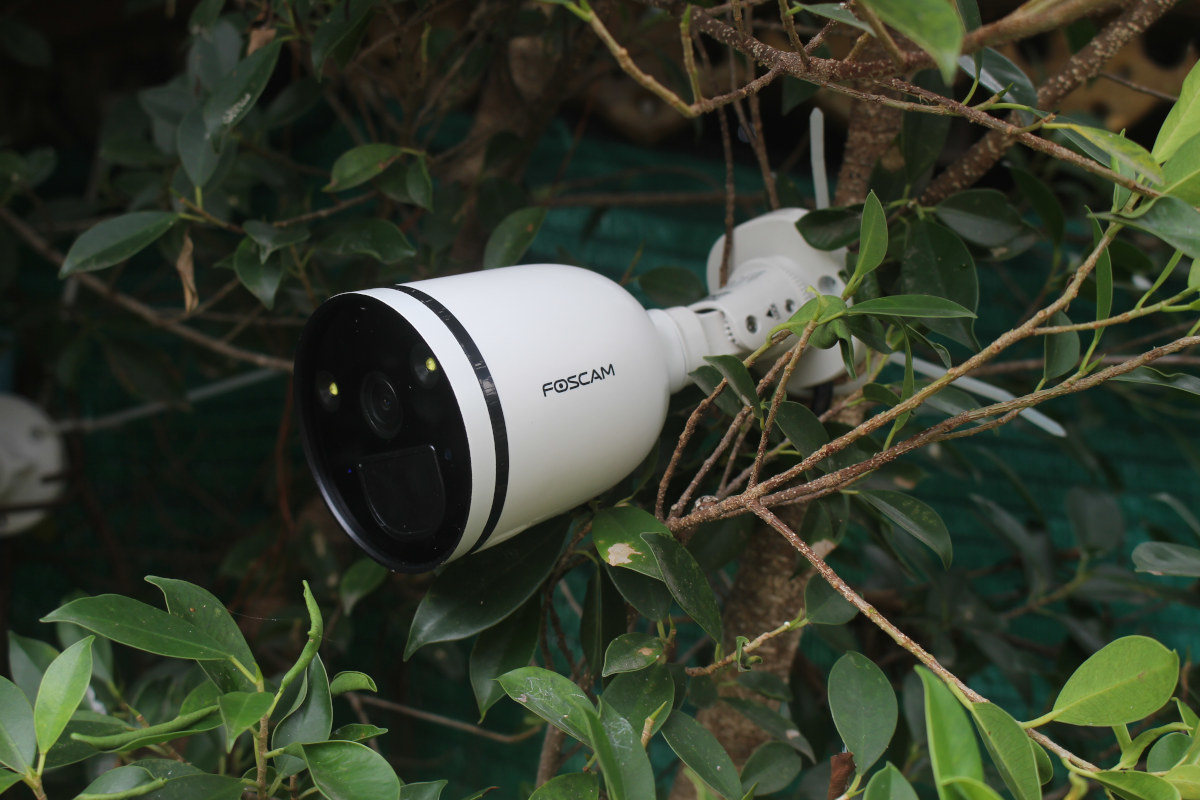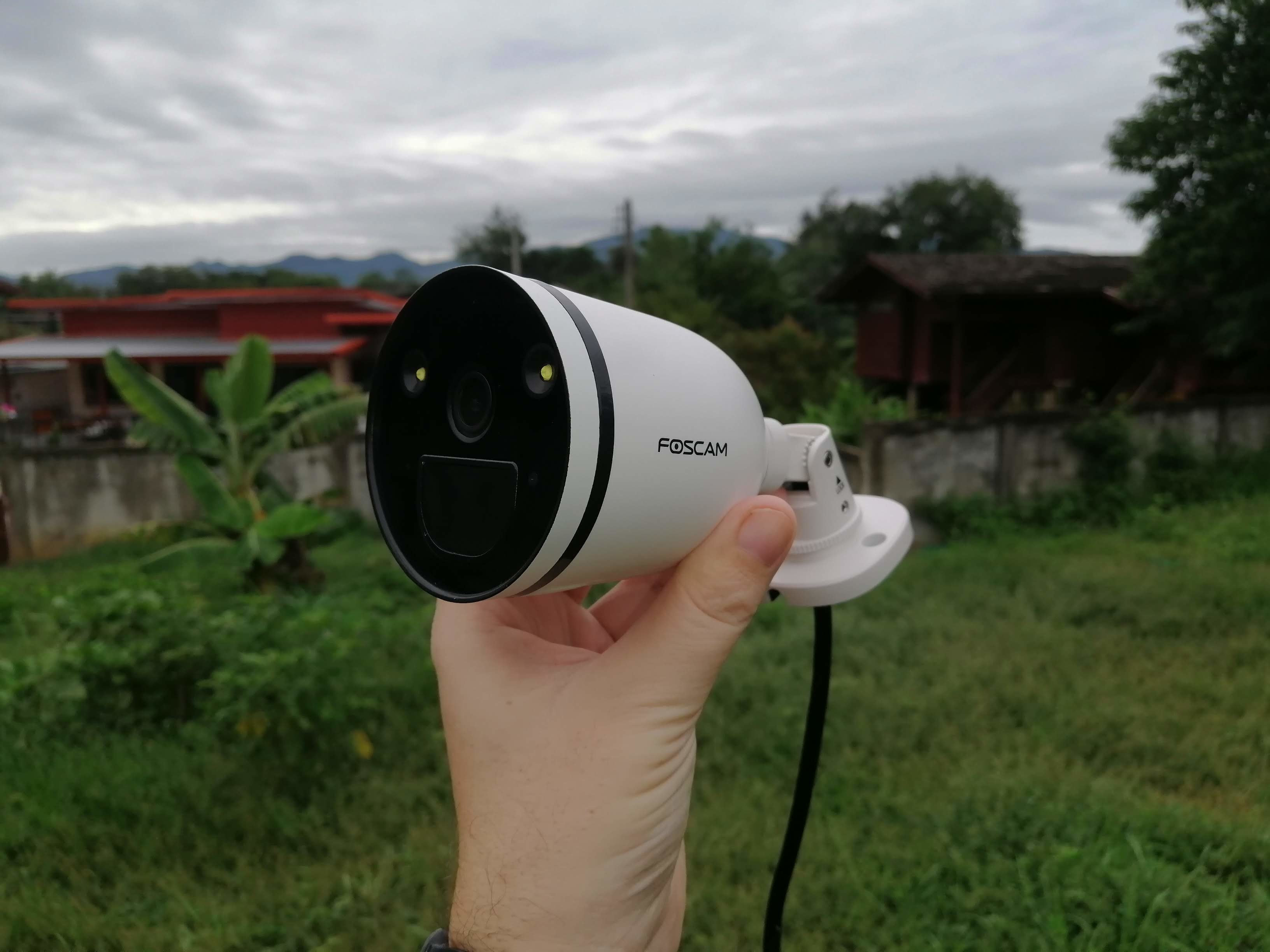Based on its name, the DongshanPI-PicoW board/module aims to be an Arm Linux alternative to the Raspberry Pi Pico W with a SigmaStar SSD210 dual-core Cortex-A7 processor with 64MB RAM, an SSW101B USB WiFi 4 chip, plus a good amount of I/Os thanks to four 12-pin headers. The module also comes with a 128MB SPI flash to run Linux, takes 5V power input, and offers a display interface up to 1280×800, USB 2.0, audio interfaces, and more in a small 31×31 mm form factor with 48 through and castellated holes that should be easy to integrate into compact devices. DongshanPI-PicoW specifications: SoC – SigmaStar SSD210 dual-core Arm Cortex-A7 at up to 1.0GHz with FPU, NEON, MMU, DMA, 2D graphics accelerator, 64MB on-chip DDR2 RAM Storage – 128MB SPI NAND flash (Winbond W25N010) Connectivity – Sigmastart SSW101B 802.11b/g/n 2.4GHz 1T1R WiFi 4 module + u.FL antenna connector USB switch – Onsemi […]
DongShanPi One – A SigmaStar SSD202D system-on-module with a mini PCIe edge connector for GPIO, Ethernet…
DongShanPi One system-on-module features SigmaStar SSD202D Arm Cortex-A7 processor with 128MB on-chip RAM, a 128MB NAND SPI flash and a microSD card slot, an LCD interface, two USB Type-C ports, and a mini PCIe edge connector that exposes interfaces like Ethernet, USB, and GPIOs when connected to a baseboard. I noticed the module in Linux 5.18 changelog yesterday together with the Miyoo game console, with support being added by dgp (Daniel Palmer), a frequent commenter on CNX Software, who also happen to maintain the linux-chenxing community. The DongShanPi One is optionally offered with a baseboard equipped with an RJ45 port, four USB ports, an IR receiver, and plenty of GPIO headers for expansion. DongShanPi One specifications: SoC – SigmaStar SSD202D dual-core Cortex-A7 processor @ 1.2 GHz with 128MB on-chip DDR3, H264/H265 decoding, and MJPG encoding Storage – 128MB SPI NAND flash and microSD card Display I/F – 50-pin FPC RGB888 […]
Linux 5.18 release – Main changes, Arm, RISC-V, and MIPS architectures
Linux 5.18 is out! Linus Torvalds has just announced the release on lkml: No unexpected nasty surprises this last week, so here we go with the 5.18 release right on schedule. That obviously means that the merge window for 5.19 will open tomorrow, and I already have a few pull requests pending. Thank you everybody. I’d still like people to run boring old plain 5.18 just to check, before we start with the excitement of all the new features for the merge window. The full shortlog for the last week is below, and nothing really odd stands out. The diffstat looks a bit funny – unusually we have parsic architecture patches being a big part of it due to some last-minute cache flushing fixes, but that is probably more indicative of everything else being pretty small. So outside of the parisc fixes, there’s random driver updates (mellanox mlx5 stands out, […]
Portable game console runs RetroArch on SigmaStar SSD202D processor
SigmaStar SSD202D “Smart Display” dual-core Cortex-A7 processor has found its way into the MIYOO mini portable game console compatible with RetroArch Linux distribution. Initially designed for industrial smart displays or other HMI applications, we’ve already seen the low-cost Arm Linux processor with 64MB (SSD201) or 128MB (SSD202D) memory has been integrated into a gateway, a single board computer, and M5Stack UnitV2 AI camera devkit, but somehow, it’s now gone into a consumer device. MIYOO mini portable game console specifications: SoC – SigmaStar SSD202D dual-core Cortex-A7 processor @ 1.2 GHz with 2D GPU, 128MB DDR3 (Note: no GPU) Storage – 32GB MicroSD card Display – 2.8-inch IPS screen with 640×480 resolution Audio – 3.5mm audio jack User input – D-PAD, Menu, Select and Start buttons, ABXY buttons, R/R2 and L/L2 buttons at the back USB – 1x USB-C port Misc – Power button, Vibration motor, LEDs Battery – 3.7V/1,900mAh battery good […]
M5Stack UnitV2 AI module gets USB camera and M12 camera versions
M5Stack UnitV2 is an ultra-compact Linux AI camera powered on Sigmastar SSD202D SoC with a dual-core Cortex-A7 processor @ 1.2 GHz, and 128MB on-chip DDR3 that was launched in April 2021 with a Full HD camera featuring a 68° field-of-view. M5Stack has now introduced two new models, one called M5Stack UnitV2 USB without any camera at all, instead relying on an external USB UVC camera, and the other named M5Stack UnitV2 M12 equipped with an M12 socket and shipping with both a normal focal length camera with an 85° FoV and wide-angle focal length with a 150° FoV. M5Stack UnitV2 USB M5Stack Unitv2 USB specifications: SoC – SigmaStar SSD202D dual-core Cortex-A7 processor @ 1.2 GHz with 128MB on-chip DDR3 Storage – 512MB on-chip NAND flash with around 100MB free space, MicroSD card socket Camera – N/A Audio – Built-in microphone Connectivity – 2.4GHz WIFi 4 up to 150 Mbps (RTL8188FTV), […]
$23 N6110E NVR supports AI features, 10TB SATA drive, up to 10 video channels
Network video recorders (NRV) typically cost a couple of hundred dollars, but in the past, we noted a low-cost, entry-level NVR with a single Ethernet port may sell for under $50. But now, I’ve been made aware that $20 Linux-based NVR’s had shown up on Aliexpress either based on XM8536D processor, or SigmaStar SSR621Q dual-core Cortex-A7 processor. I’ll look at the N6110E model with the latter that sells for $22.99 plus shipping as it includes an enclosure and is said to support up to 10 channels, as well as AI features such as face & human body detection, “auto tracking” (vehicle tracking?), and mixed-traffic detection. N6110E NVR specifications: SoC – SigmaStar SSR621Q processor/DSP with two Cortex-A7 cores, 256MB DDR3 RAM according to linux-chenxing Video decoding – H.265 , H.264 up to 1x 8MP @ 30 fps, 1x 5MP @ 30 fps, 2x 4MP @ 30fps, 4x 3MP @ 20 fps, […]
Foscam SPC review – Part 2: Human detection, Android app, ONVIF support
In the first part of Foscam SPC WiFi spotlight camera review, we checked out the specifications, the package content, and some of the main components of the camera with SigmaStar SSC337DE processor and a Realtek RTL8822CS dual-band WiFi 5 module. I’ve now had time to play with the camera and tested it with the Foscam Android app, including human detection, and enabled ONVIF support to use the camera with compatible third-party apps or programs. Foscam SPC installation and setup with Android app Foscam SPC camera is designed to be wall-mounted, but for this review, I simply attached it to the branch of a small tree. Note that contrary to the other cameras I’ve tested, the camera angle can only be adjusted up and down or rotated, but there’s no direct left or right adjustment. I’ve also connected the power adapter to power up the camera, but I did not install […]
Foscam SPC WiFi Spotlight Camera Review – Part1: Unboxing and Teardown
I’ve been reviewing a few IP cameras with built-in AI features with Vacom Cam, Reolink RLC-810A, and Annke CZ400 AI security camera which had by far the most advanced features going beyond human detection with luggage monitoring, line crossing-detection, and many more. Today, I’ve received another model with basic human detection. But Foscam SPC security camera also happens to come with a motion-activated spotlight, and it is the first camera I’ve ever received with support for dual-band WiFi meaning 2.4GHz or 5 GHz WiFi can be used as needed. In the first part of the review, I’ll go through the specs, do an unboxing, and go through teardown photos to check the internals. Foscam SPC key features and specifications Some of the highlights listed in the user manual and package: Camera 4MP camera up to 2560×1440 resolution @ 25 fps, 156° view of view (diagonal) HDR support 2x white LED […]


